A. Physical filtration:
Water purifier is a device that separates water from any other sources. It's used to pure and clean water.The most common types of water purifier are reverse osmosis, distillation, and carbon adsorption processes.
Reverse osmosis is the most widely used type of purifier due to it being simple, inexpensive, and having high quality services in providing clean water.
Image source: https://www.amazon.in/
Reverse osmosis is helpful for small households or individuals with low amounts of daily consumption while distillation helps decrease contaminants by boiling them out and carbon adsorption has high efficiency in removing organic compounds like nitrates or organics with higher pH levels.
Image source: https://www.digit.in/
Water filtration is a process of separating impurities from a given water source. Water can be filtered physically or chemically.
Image source: https://www.flipkart.com/
Physical filters use the process well known to high school students as diffusion, in which solvents pass through pores which are smaller than the solute particles to be removed.
Image source: https://www.kent.co.in/
Since water molecules have a higher diffusion rate than bacteria, organic compounds, viruses, or other contaminants (such filters are sometimes called "membrane processes"), they cannot pass through as easily and are retained by the filter media.
Image source: https://www.amazon.in/
Inside the filter media they may be trapped in small pockets of air bubbles (air-supported membrane) or adhere to the surface of the medium (activated carbon).
Image source: https://www.digit.in/
A water purifier is a machine or device that removes contaminants from water for drinking, cooking and industrial purposes. There are two types of purifiers on the market: point-of-entry treatment devices (POETs) and point-of-use (POU) devices.
Image source: https://www.kent.co.in/
POETs remove all kinds of potentially harmful elements in the water, such as particulates, heavy metals, radioactive isotopes and nitrate.
Image source: https://www.youtube.com/
However they cannot filter out things like microbiological pathogens or swimming pool disinfectants which are not considered pollutants by public health agencies but are nevertheless of concern to some users. For this reason, POETs are often called point-of-entry (POE) devices.
Image source: https://trustedreview.in/
POU devices remove only some of the contaminants in the water. These machines use a series of filters, usually a sediment filter and a carbon block or filter. The water being passed through the filter is then allowed to pass through an activated carbon element.
Image source: https://www.amazon.in/
The carbon captures any remaining contaminants and is passed as filtered water back to the user for drinking purposes. Carbon block models have the additional function of removing chlorine disinfectant by adsorbing it to the carbon material.
Image source: https://www.digit.in/
POETs are designed to remove nasty stuff while keeping the good stuff and replacing it with clean water.
Image source: https://www.flipkart.com/
In contrast POU devices serve only to remove some of the contaminants in water as developed by the designers and will not replace what is missing. For instance, a POU device which is designed to remove chlorine from pool water would not refill the pool with chlorine after it ran out.
Image source: https://www.kent.co.in/
POETs can be expensive because they need a lot more energy than POU devices in order to get rid of contaminants.
Image source: https://www.amazon.in/


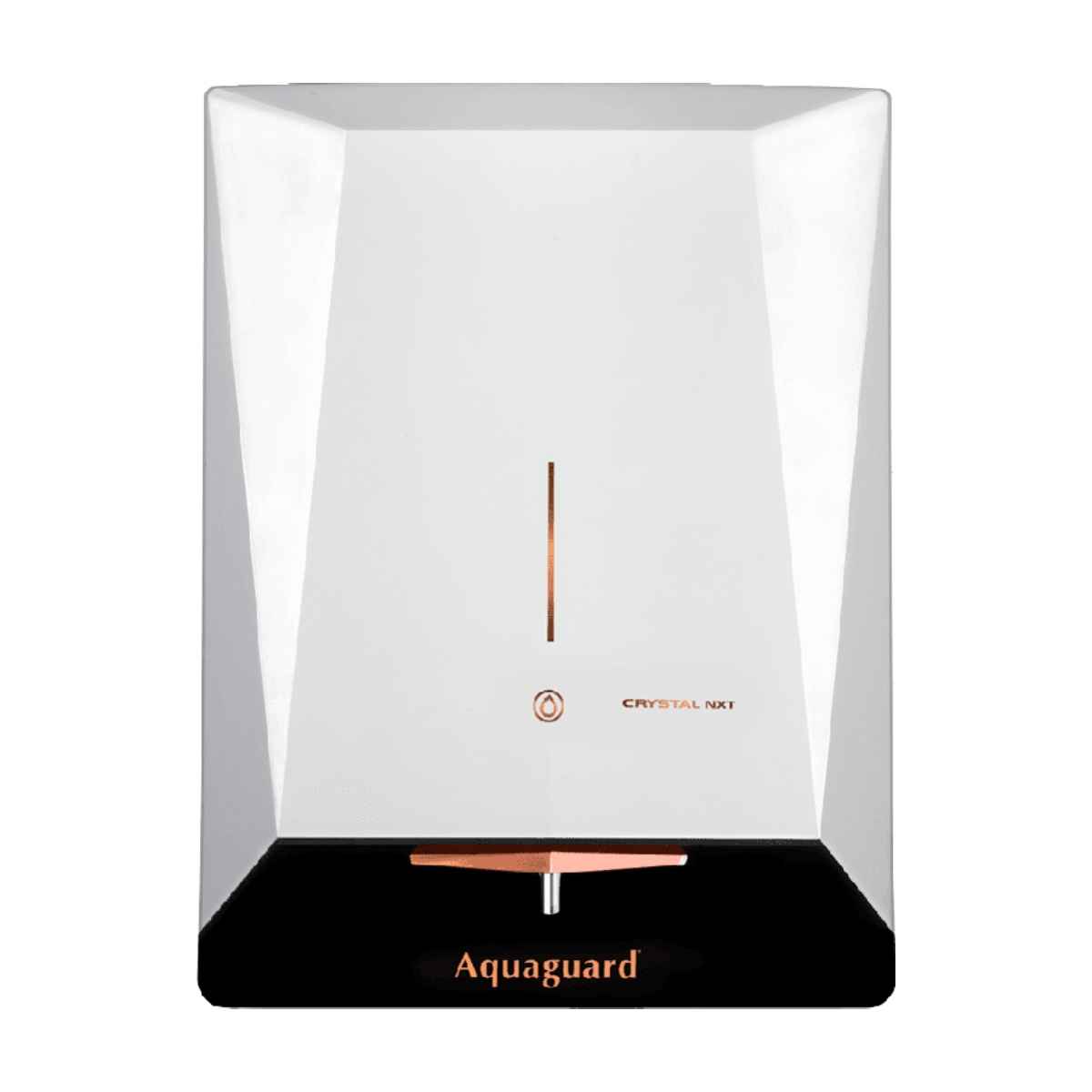
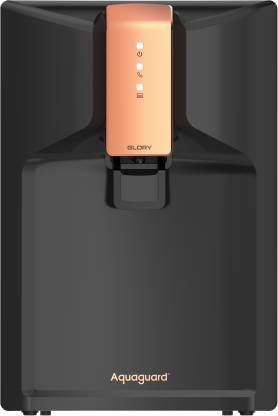
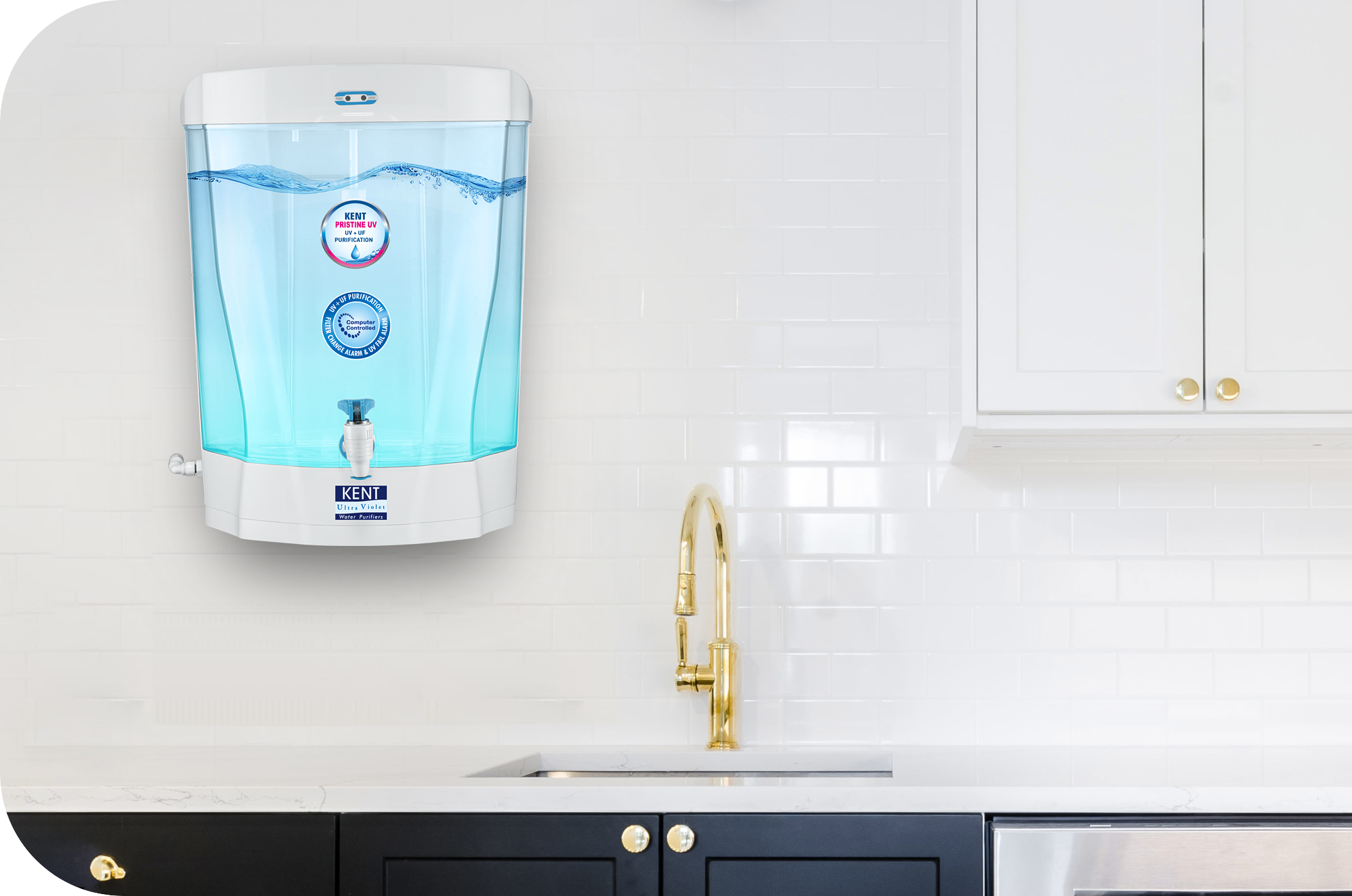

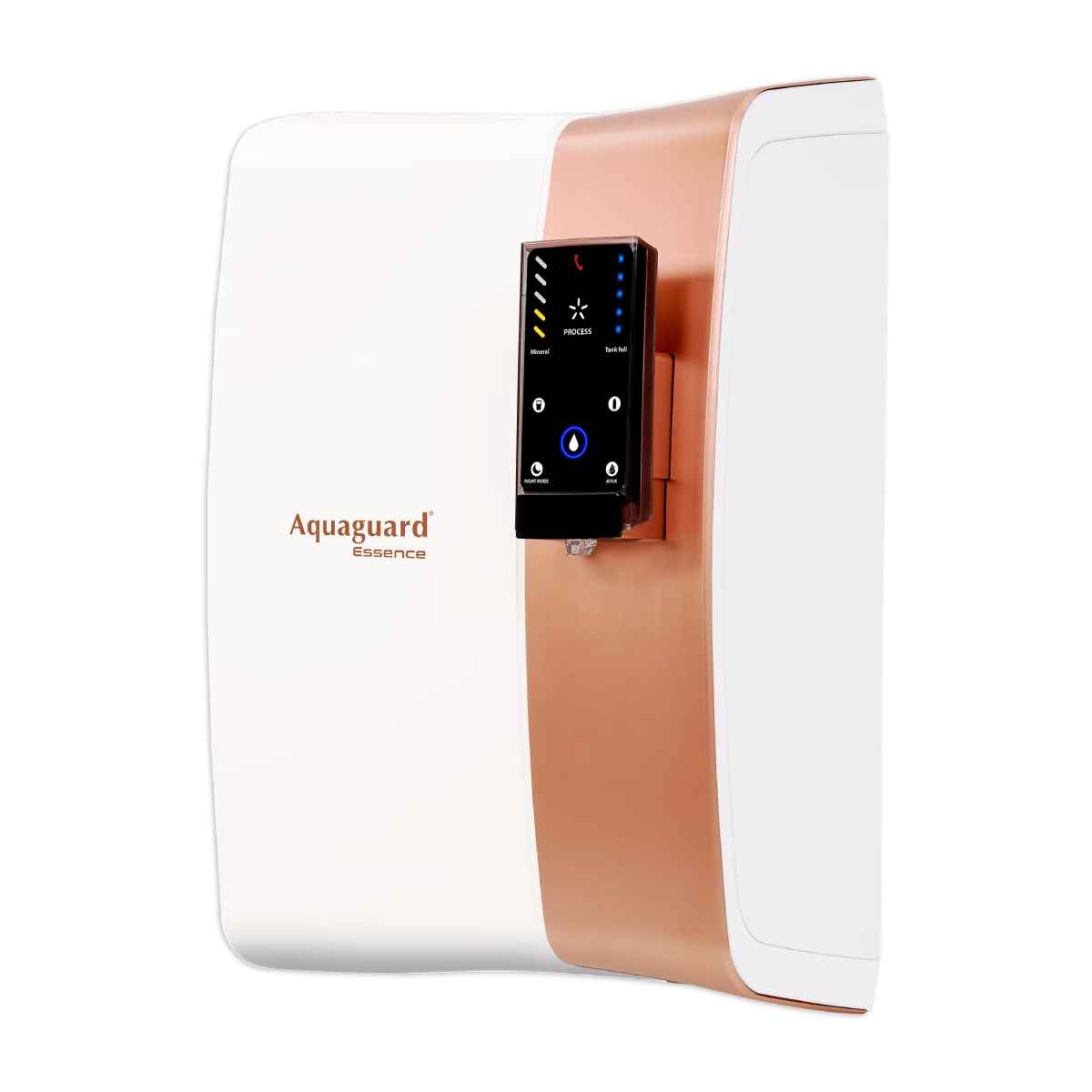
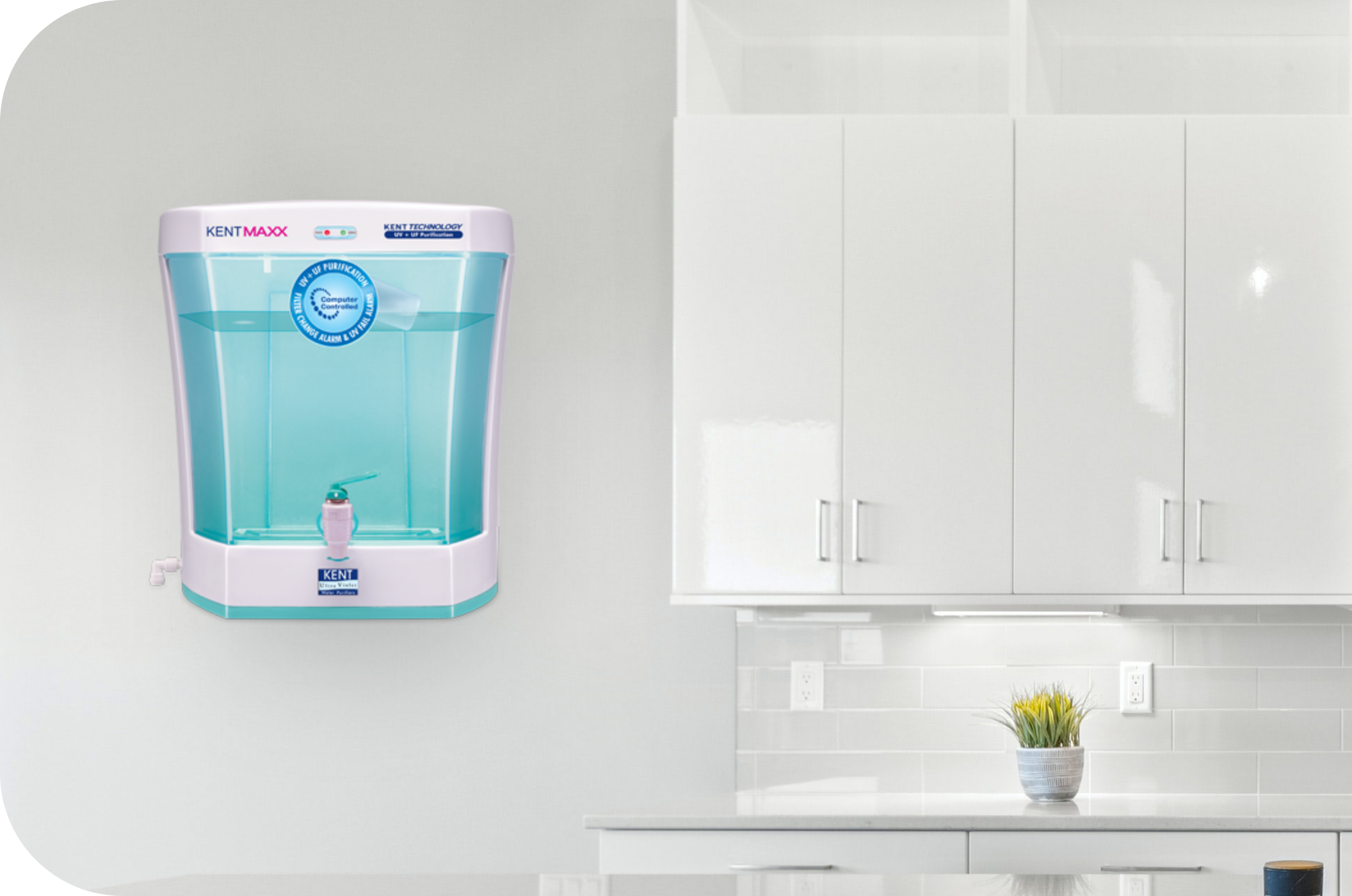



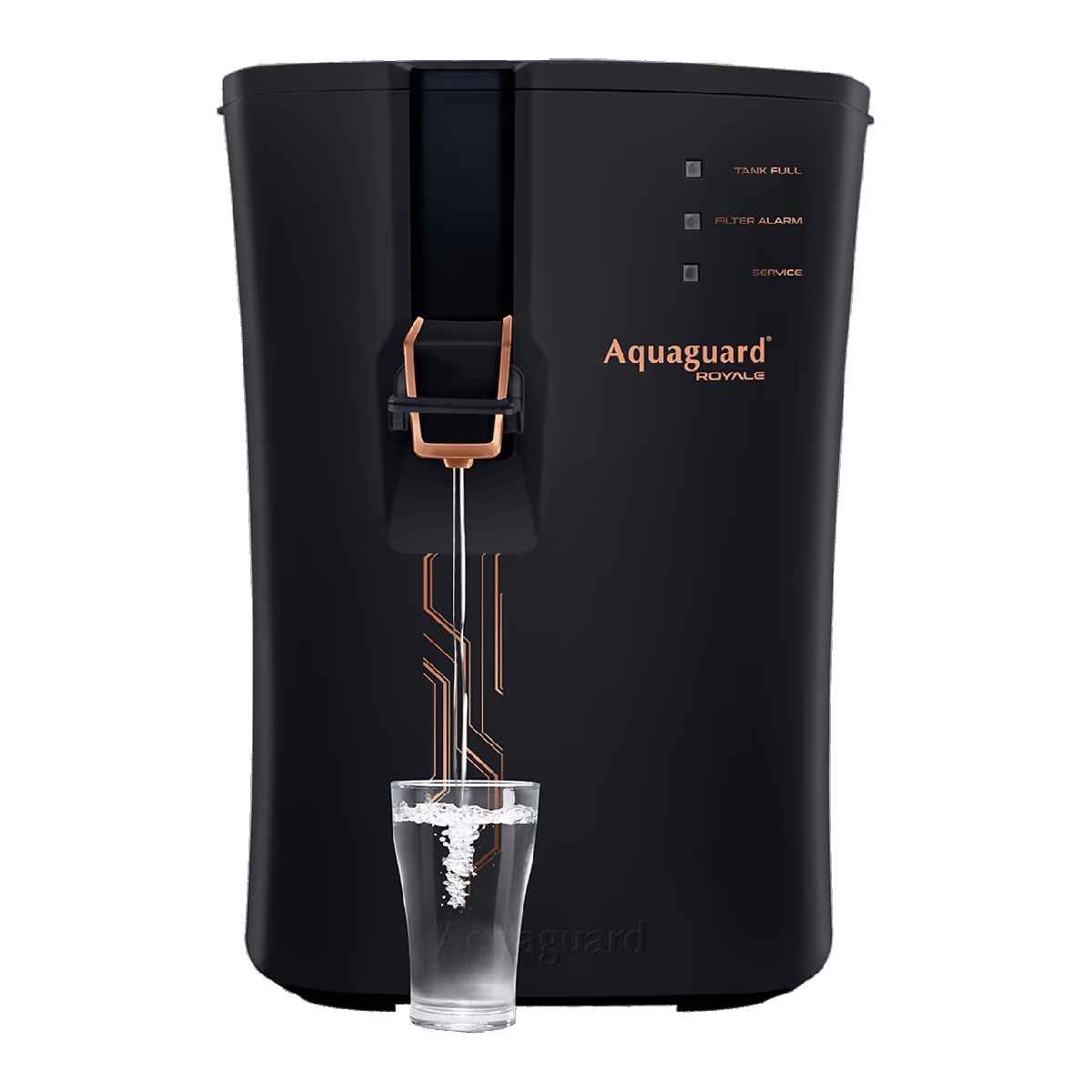
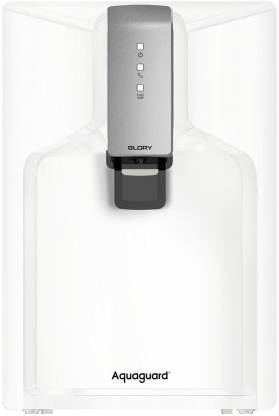
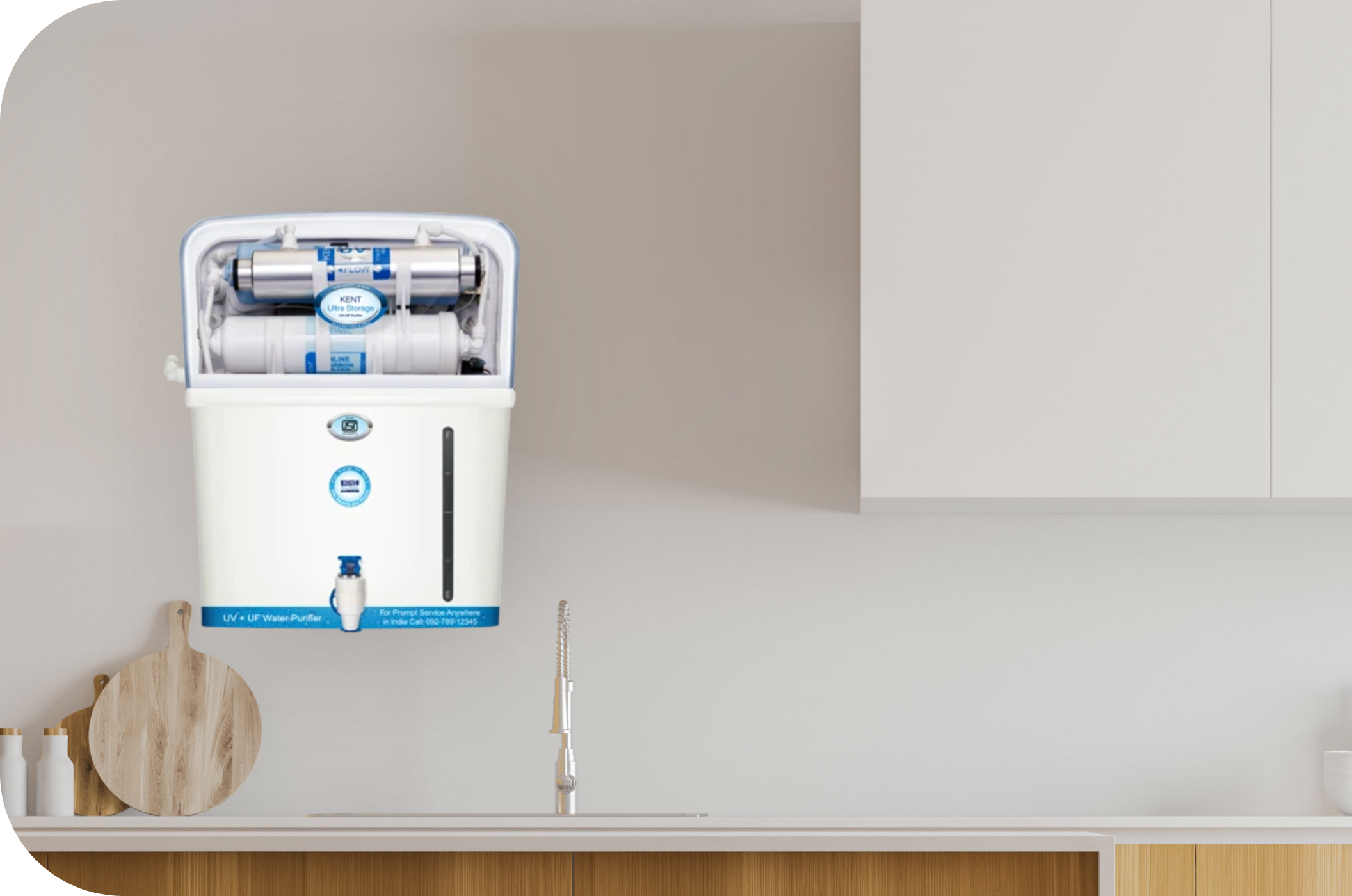

Komentar
Posting Komentar